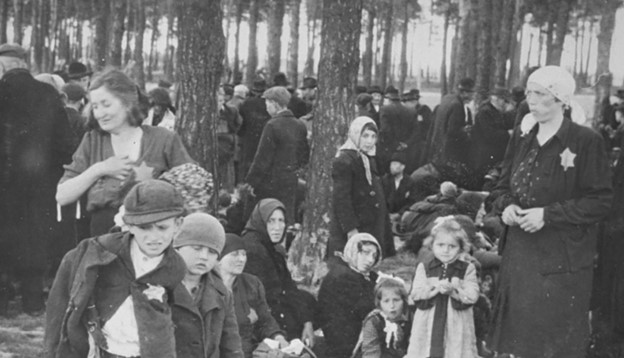A special exhibition, “Auschwitz, Not Long Ago. Not Far Away” will be at the Ronald Reagan Library from March 24 through August 13.
Although the history of Auschwitz is horrific, the exhibition has been curated with profound respect for its victims.
Care has been taken to ensure that there are no gratuitous depictions of violence. Every effort has been made to consider the emotional impact this story will have on museum visitors, so that they can safely explore this history and seek to understand it better. The exhibition is recommended for ages 12+.
To view the exhibition will take two to three hours, with a mandatory auditory tour included. Ticket holders will be granted access to the exhibition up to 15 minutes before or 30 minutes past the ticket time. While waiting for an entrance time, one may tour the main Reagan Museum and Air Force One Pavilion, which is open from 10 a.m. to 5 p.m. daily. Visit:click here.
This exhibition brings together more than 700 original objects of great historic and human value and includes objects from the Auschwitz-Birkenau State Museum as well as more than 20 institutions and museums all over the world.
The museum writes “The Holocaust, one of the darkest chapters in the history of the world, took place in a civilized continent and within the most technologically and culturally advanced society in its period. Auschwitz developed while the world remained silent before the Nazi horrors and changed forever the foundations and perspective of humanity.”
The exhibition explains how anti-Semitism became institutionalized in Germany and details the history. “More than 30,000 Jews were arrested after the ‘Night of the Broken Glass’ (November 9, 1938). In barely two days, the aggressors murdered tens of people and destroyed more than 250 synagogues and 7,000 Jewish businesses… while the police sat on the fence.”
More than 1.3 million people were deported to Auschwitz and its subcamps. About 400,000 were registered and imprisoned. The other 900,000 were gassed and cremated in ovens or burning pits within hours after the train’s arrival.
Children and old people, pregnant women and people with disabilities were automatically deemed unfit for forced labor and, therefore, sent directly to the gas chambers.

Children and women waiting in the woods next to the crematorium, not knowing they would soon be sent to the gas chambers. @Yad Vashem
More than 50 percent of the people imprisoned at Auschwitz died because of starvation, executions, tortures and punishment, diseases, pseudo-scientific experiments and the harsh conditions in the camp.
Two-thirds of the European Jews disappeared forever.
At the end of 1944, when the Red Army forced the Nazi authorities to abandon Auschwitz, German officials tried to destroy the evidence of the crimes they had perpetrated.
When troops arrived at Auschwitz on January 27, 1945, they found mountains of unburied bodies. Soldiers found thousands of men’s suits and women’s dresses and, among other things, 6,500 kilos of human hair ready to be sold in Germany.


